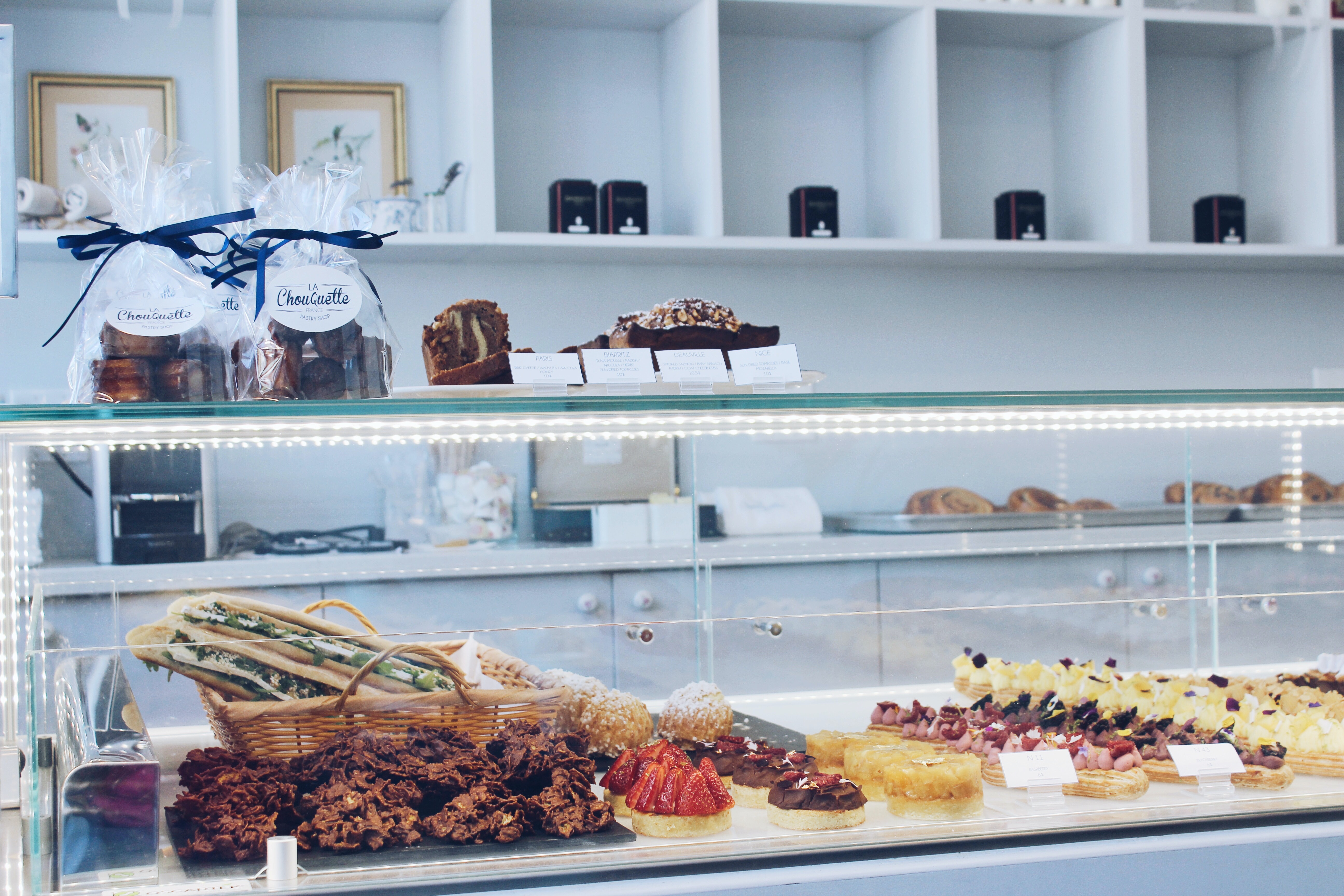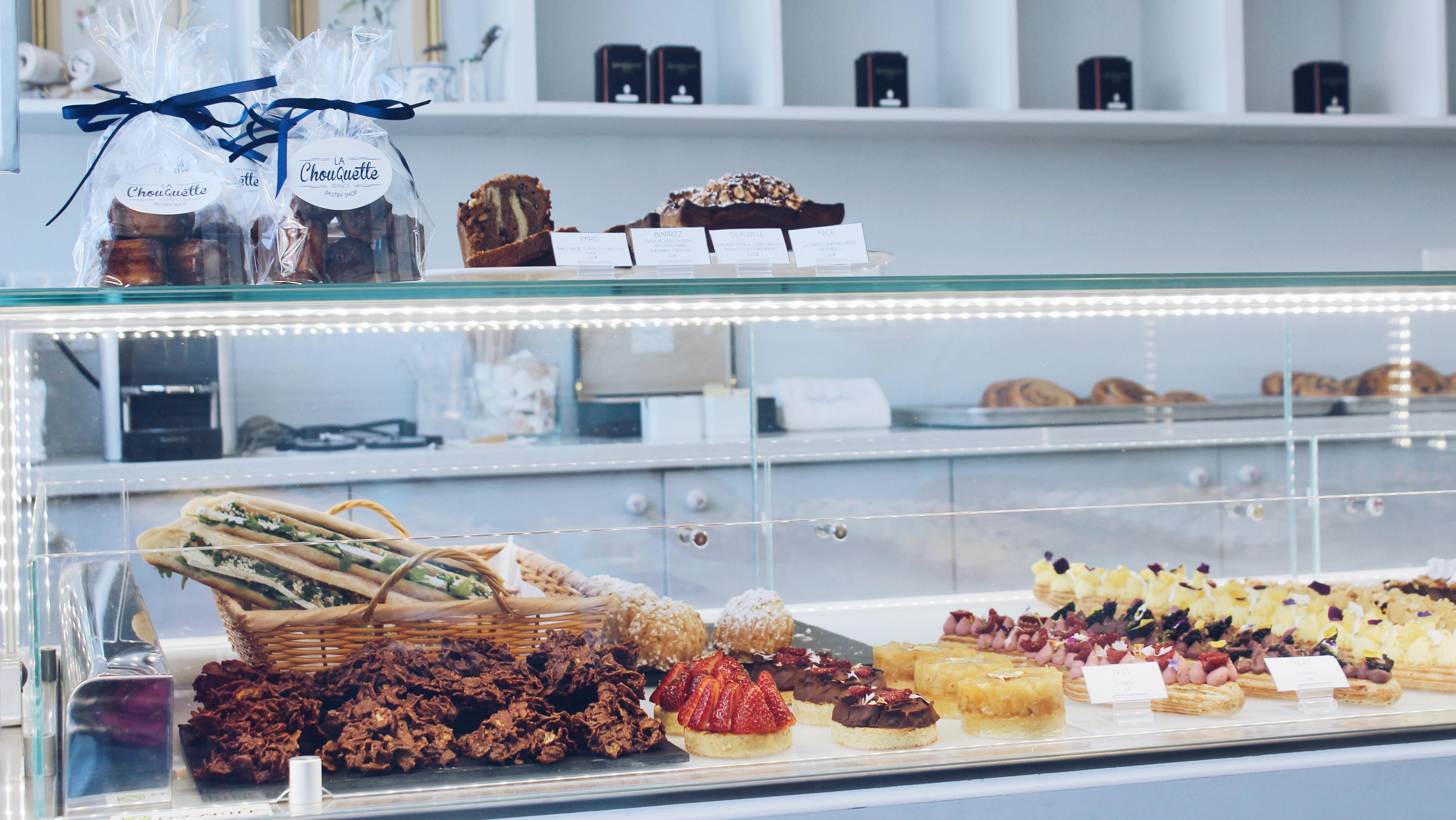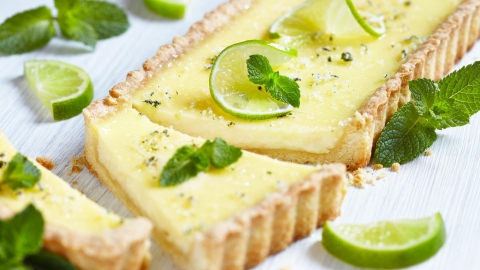Madeleine - Seashell Cake
This lovely scalloped pastry has a history dating back to the Middle Ages, when brioche was baked in scallop shells for pilgrims. But it wasn’t until 1755 that it was officially invented in Commercy (Loire region of France), when King Stanislas Leszczynski asked chef Madeleine Paulmier to recreate an ancient but forgotten cake (gâteau oublié). After its unexpected success, the cake was named madeleine after the chef, and it became legendary.
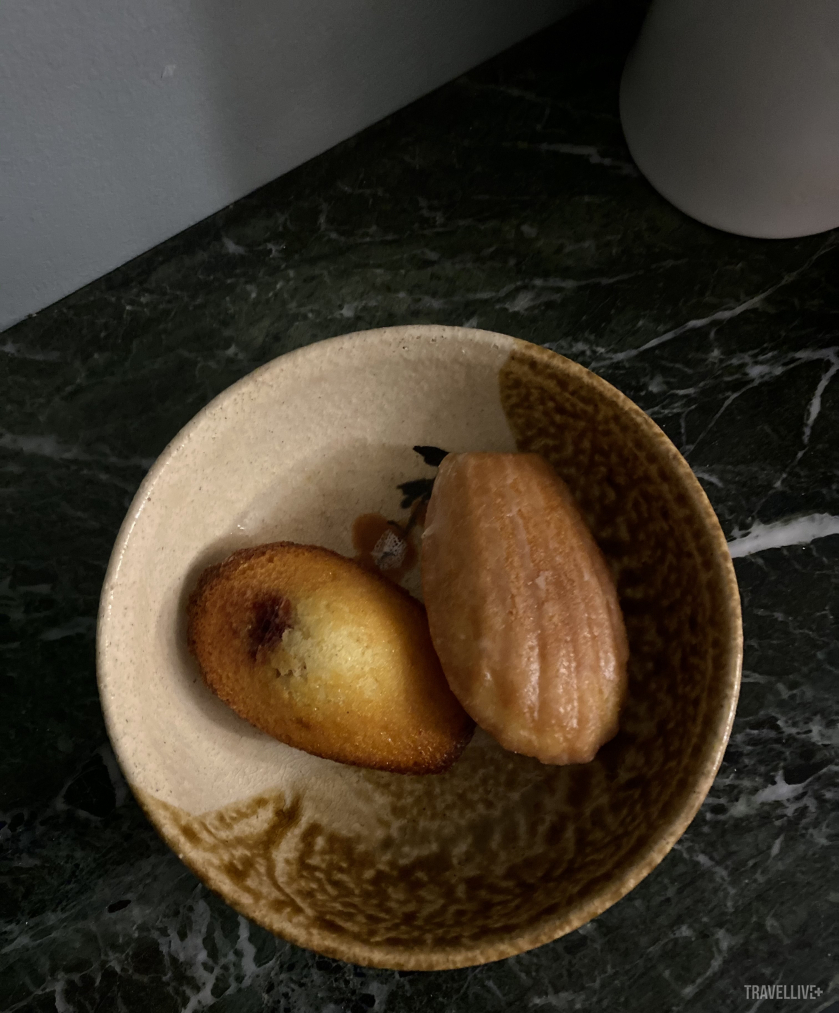
Madeleine of Gilles Marchal bakery, 9 Rue Ravignan, Paris.
This cake is also recorded in French literature, with the famous expression “Madeleine of Proust” coming from the writer Marcel Proust - one of the greatest writers of the 20th century. Its meaning refers to the unexpected reawakening of sweet childhood memories.
How to recognize a perfect madeleine:The outside should be slightly crispy and the inside should be soft and moist, especially when puffed up. Although the ingredients and steps are simple, this cake is not easy to make.
Places to enjoy madeleine in Paris:Blé Sucré, 7 Antoine Vollon, 75007 Paris. The bakery was voted the city's best madeleine by the prestigious Figaroscope newspaper.
World famous cake - Flan
Perhaps no cake has as many cousins and global reach as the French flan. In Portugal, there’s the pastel de nata, and in Asia, there’s the Hong Kong egg tart craze. Whatever the name, the cake has the same structure: a thin, crispy crust topped with a thick, soft layer of vanilla ice cream. French flan can have a plain base (pâte brisée) or a layered base (pâte feuilletée).

Flan from Mori Yoshida bakery, 65 Av. de Breteuil, Paris.
Flan can be found in any pastry shop in Paris, but most follow the old-fashioned recipe, which is heavier on butter. Nowadays, diners prefer flans that are smoother and fluffier, and less sweet. Flavors have also changed a lot, and you can find chocolate, pistachio, hazelnut, or even matcha.
How to recognize a perfect flan:The beautiful golden color of the cream and the cake base, has a shimmering look, the base looks eye-catching. In the cut cream layer, if you see many vanilla beans, the natural vanilla scent is not too strong, then there is a high possibility that the baker used pure vanilla beans, an expensive ingredient compared to vanilla powder or liquid vanilla.
Places to enjoy flan in Paris:Mori Yoshida: 65 avenue de Breteuil, 75007 Paris (chef Mori Yoshida is the winner of the 2018 French pastry chef competition)Yann Couvreur: has several locations in Paris. He is a young chef who has worked for many years in Michelin-starred restaurants and famous five-star hotels in Paris.
Bread for breakfast and lunch - Pain perdu (French Toast)
How creative it is to turn old, hard and too difficult to eat cakes into a sweet dish that will make even the most demanding diners remember. This cake can be easily found in French restaurants serving breakfast, afternoon tea or sometimes dessert. The recipe is simple and easy to make at home, this is the perfect choice for mothers for every weekend brunch with the family. To create a highlight, you can add jam, dried fruit, fresh fruit, drizzle with honey or maple syrup.
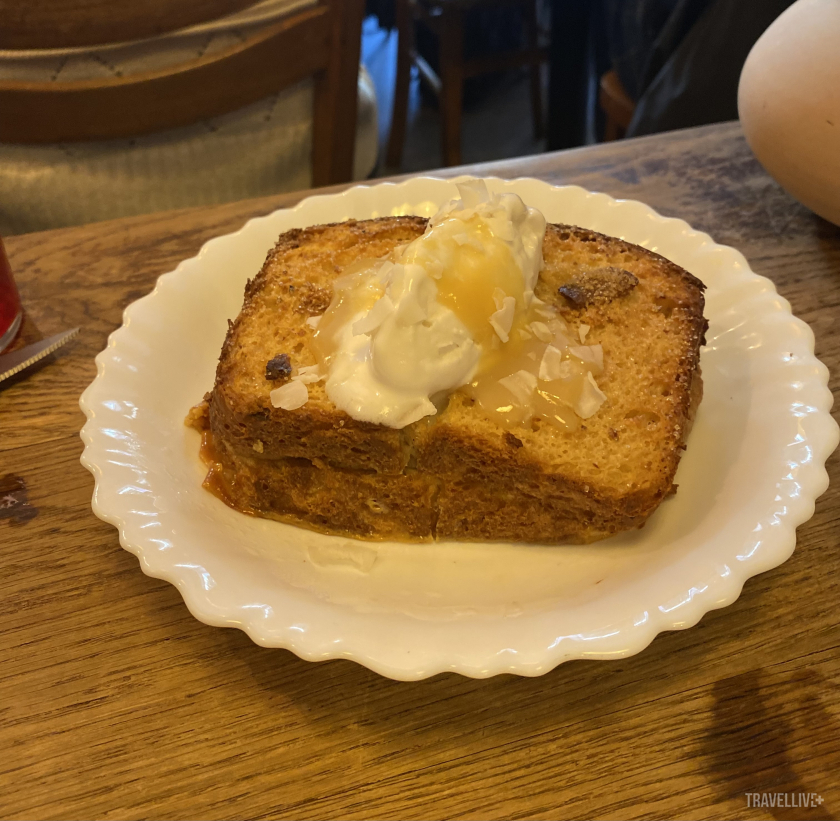
Pain perdu at Gramme bakery, 86 Rue des Archives, Paris.
How to recognize a perfect pain perdu:The outer layer has a beautiful buttery color, and when eaten, you can feel the crispiness and aroma of butter. The inner layer must be soft and moist, not too dry or too soggy. The secret is that the bread must be cut to the right thickness, and when baking, you must watch carefully, otherwise the burnt butter will have a bitter taste and an unpleasant burnt smell.
Where to enjoy pain perdu in Paris:Carré pain de mie: 5 rue Rambuteau 75004 ParisGramme : 86 rue des Archives 75003 Paris.
Popular Cakes - Paris Brest
This cake is a relative of the chou cake, and is one of the most popular variations in French cuisine. The origin story of this cake is also very special, as Paris and Brest are the names of two cities in France. Shaped like a bicycle wheel, this cake was created in 1910 by Louis Durand as a symbol of the “Paris Brest” cycling race - which later inspired the “Tour de France”.
In 2009, Chef Philippe Conticini upgraded the Paris Brest with a lighter and more airy praline cream layer, a little bit of melted praline filling for added appeal, and a modern shape. This recipe influenced the development of Paris Brest today.

Paris brest made by Maxime Frédéric, the prodigy pastry chef of maison Cheval Blanc.
How to spot a perfect paris brest:It has an eye-catching brown color, the cream is whipped evenly and the layer of cream is beautifully shaped, not too thick or too thin compared to the cake shell. When eating, you can feel the delicious flavor of hazelnuts and fragrant praline cream.
Places to enjoy paris brest in Paris:Philippe Conticini many locations in Paris, Le Tout Paris Restaurant: 8 quai du Louvre 75001 Paris. Paris brest by Maxime Frédéric, pastry chef (pasta chef) prodigy of maison Cheval Blanc. A cake like a work of art that you will remember and remember forever.
Millefeuille
Millefeuille originated in the 17th century, but was really famous and developed in 1867 by Adolphe Seugnot - a famous baker in Paris. In fact, this cake with the affectionate name does not have 1,000 layers as its name suggests, but 729 layers. Making millefeuille requires high technique, not only in completing each individual ingredient (cake layer and cream layer) but also in arranging the cake with a balanced structure. The perfect ratio according to Laurent Le Daniel - MOF Pastry expert - is 50% cake and 50% cream.

Millefeuille at Manon bakery, Paris.
How to recognize a perfect millefeuille:In terms of appearance, the cake layer has a beautiful golden color, the cream layer is smooth and not too thick. When eating, you feel a great balance between the different structures.
Where to enjoy millefeuille in Paris:Hugo & Victor: 40 boulevard Raspail Paris, Carl Marletti : 51, Rue de Censier, 75005 Paris.





